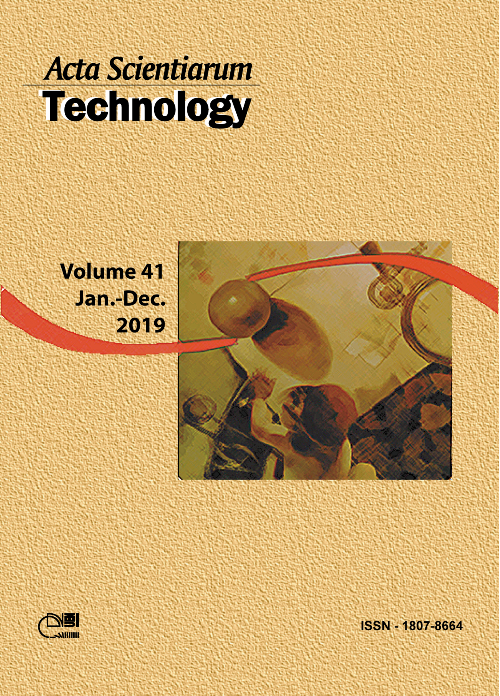Application of Markov chain on daily rainfall data in Paraíba-Brazil from 1995-2015
DOI:
https://doi.org/10.4025/actascitechnol.v41i1.37186Keywords:
Markov chain, transition probability matrix, rainfall, Paraíba, Brazil.Abstract
This study analyzed the behavior of daily rainfall in the State of Paraíba using the data from five meteorological stations distributed across the mesoregions of this state. We used the three-state Markov Chain model, in which states are defined as dry, wet and rainy. We calculated transition probabilities among states, probabilities of equilibrium of states, and expected lengths of the defined states for all stations and seasons to investigate spatial/seasonal variability. Results showed that for the entire region and for all seasons, the probability of dry days is greater than the probability of rainy days; expected values of rainy spells are low, indicating that the rainfall regime in Paraíba is characterized by high rainfall intensity distributed over short rainy periods. The dry-dry transition probability presents the highest values for all seasons and stations, as well as the corresponding expected dry spell length, indicating that this region is subjected to prolonged dry periods. The transition probabilities that lead to dry condition are higher in the interior of the State, while probabilities that lead to rainy condition are higher in the coastal region as well as the probability of rainy days, which is greater in fall, during the rainy season.
Downloads
Downloads
Published
How to Cite
Issue
Section
License
DECLARATION OF ORIGINALITY AND COPYRIGHTS
I Declare that current article is original and has not been submitted for publication, in part or in whole, to any other national or international journal.
The copyrights belong exclusively to the authors. Published content is licensed under Creative Commons Attribution 4.0 (CC BY 4.0) guidelines, which allows sharing (copy and distribution of the material in any medium or format) and adaptation (remix, transform, and build upon the material) for any purpose, even commercially, under the terms of attribution.
Read this link for further information on how to use CC BY 4.0 properly.











8.png)




